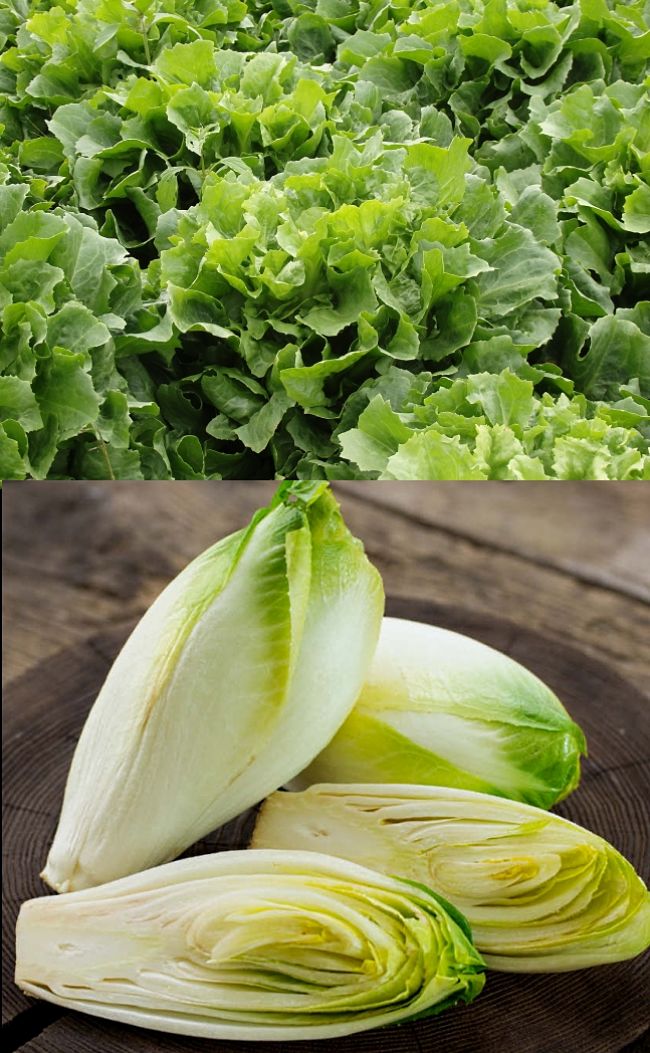Planting and Growing Guide for Endive (Cichorium endivia)
Description
Endive is a leafy green plant with crinkly lettuce that can be added to salads or in various dishes as a leafy green vegetable. Escarole is a close relative with similar uses and requirements. It is like a crinkly leaf lettuce, but it has a somewhat bitter taste. The inherent bitterness can be reduced by keeping the pants well watered and by picking the younger leaves. It is a close relative of chicory and shares many of its uses. Blanch by tying the leaves together when a rosette begins to form or cover with a large pot for about 3 weeks. Endive is a relative of chicory. Endive grows best in the cooler months in full sun. In warmer areas grow in a partially shaded spot as hot weather tends to make the Endive plants bolt to produce flowers and to stop leaf production. Keep well watered to reduce bitterness. You can reduce the bitterness of the heads by blanching to block the light. To blanch, place a pot over the heads about 2 weeks before harvest. There are many wonderful varieties to try. Choose those that do well in your area and climate.
Endive is very tasty when served by itself, topped with grated cheese and lightly grilled. It can be added to mixed salads in a similar way to lettuce. The dressing can offset the bitterness. It can also be chopped and used as a leafy green for many stir-fry, grilled and baked dishes.
Planting Guide
Seed Depth: Plant seed directly into the garden or in pots at a depth of about 5-10 mm (1/4 inch). Seeds will germinate in 10-14 days. It can also be planted in seed trays and transplanted for earlier production
Space between plants: Space plants about 15-20 cm (6-9 inches) apart.
Harvest Time: Harvest in about 8-10 weeks, but leaves can be harvested as the plant grows
Hints:
- Does best in full sun in cooler areas, but can grow in partially shaded areas
- Plant the seeds in late Spring to early Summer, after the weather is warmer
- Water frequently at the base as water can get trapped in the leaves and can cause rotting.
- Pick the young leaves to use as baby greens. You can also pick the young outer leaves after about 40-50 days for an early harvest.
- Cover the soil around the plant base with mulch to retain soil moisture
- Keep the plants growing vigorously with regular watering and feeding to increase yield and to reduce bitterness
- Does best in deep, rich, well-drained soil with neutral to slightly acid pH
- Collect the seeds to pant nest year

Disclaimer: The PlantWhatWhen vegetable planting guide is only designed for use as a very general reference for home gardening purposes. It is not to be used for farming, markets or commercial activities of any kind whatsoever. We take absolutely no responsibility for the accuracy and adequacy of the information provided on this site. We recommend that you consider your local climate, weather patterns and conditions when deciding what and when to plant in your home garden. It's entirely your own decision. Happy Gardening and Best Wishes!